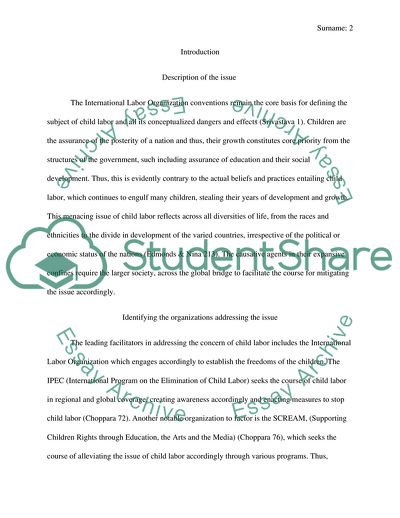Cite this document
(Child Labor Assignment Example | Topics and Well Written Essays - 2750 words, n.d.)
Child Labor Assignment Example | Topics and Well Written Essays - 2750 words. https://studentshare.org/sociology/1869568-issue-report-child-labor
Child Labor Assignment Example | Topics and Well Written Essays - 2750 words. https://studentshare.org/sociology/1869568-issue-report-child-labor
(Child Labor Assignment Example | Topics and Well Written Essays - 2750 Words)
Child Labor Assignment Example | Topics and Well Written Essays - 2750 Words. https://studentshare.org/sociology/1869568-issue-report-child-labor.
Child Labor Assignment Example | Topics and Well Written Essays - 2750 Words. https://studentshare.org/sociology/1869568-issue-report-child-labor.
“Child Labor Assignment Example | Topics and Well Written Essays - 2750 Words”. https://studentshare.org/sociology/1869568-issue-report-child-labor.


